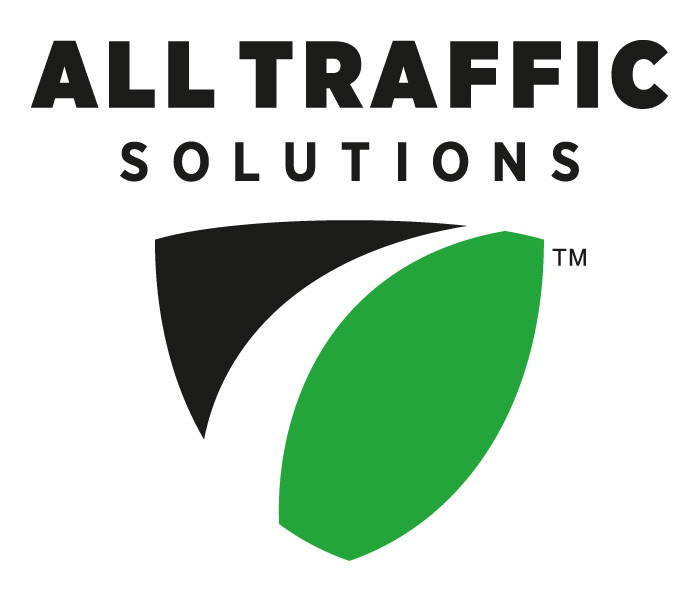Traditionally, parking availability data used for guidance, pricing, planning and reporting has been based on estimates and anecdotal information, but today that’s no longer an option. If you’re a parking manager, understanding real-time availability is central to providing efficient wayfinding and better customer service. Real-time data allows you to maximize revenue by implementing dynamic pricing based on current demand. Real-time availability data gives you insight into how your parking organization is currently functioning and changing, and what the latest trends look like.
In this blog post we’ll look at the stark contrast between “old school” parking solutions and the next stage of parking, mobility and technology, and how the Cloud and IoT (Internet of Things) are helping parking managers gain efficiencies, save money and deliver a better parking experience.
Old School Solutions
Parking is more than just the physical structures; it’s part of the bigger vision that positively or negatively impacts an entire city and the infrastructure around it. Parking is a vital factor in mobility and guidance, and it’s as much about navigating through a city as it is navigating through a garage. Your city is adversely affected when you don’t have real-time availability data. Other limitations of old school parking solutions include:
Can’t Route Parkers
Efficient, accurate routing is really critical to sustaining optimal traffic flow, but many existing parking guidance solutions are woefully inadequate. They often route people to facilities that are full, causing would-be parkers to circle garages, lots and city streets—leading to traffic jams and agitating everyone. When signage is present, it’s not always designed to be helpful—legacy signage can actually cause congestion by forcing drivers to slow down to read because information is presented in a way that isn’t highly visible or legible.
People today expect more than physical parking locations and availability numbers. They’re looking for specific zone and even space-specific information for their immediate parking need, be it for shopping, a special event, or a business meeting.
Insufficient Availability Data
The methods you used in the past to understand availability don’t really work anymore because they don’t tell you everything that’s happening within your premises. You may have an idea based on past experience, but you don’t necessarily know what’s going on at any given time.
For example, do you really know how your parking areas are being utilized? If some parkers are leaving their cars for eight or nine hours at a time at a shopping center, it could mean they’re not actually shopping—they’re commuting—but you won’t know this unless you have occupancy data or unless you were to watch and manually record each vehicle. It’s not practical to assign a person to stand in the corner with a clicker; it’s far more efficient and helpful to count occupancy and occupancy duration in a sensor-based environment that drives that data in real time.
Flow, Safety and Productivity are Impacted
Everybody would love to accurately forecast parking availability, but it’s almost impossible if you don’t have accurate real-time parking availability data. Public safety is often addressed piecemeal in the parking world. Some garages still have somebody periodically counting vehicles manually to get an idea of capacity throughout the day and actually build their safety policy around that information.
Many parking facilities still use loops, which can be not only unreliable but tear up infrastructure, take days or even weeks to install and can disrupt the facility during installation, calibration and setup. We consider that old school.
What Would Your Perfect Parking System Look like?
How would your current parking operation be impacted if you had immediate access to real-time parking availability data? Think of each component of your end-to-end parking process and how you could optimize it with real-time data. For example, if you’re a municipality and you want to guide eventgoers through your town to convenient, available parking, how would guidance be enhanced with access to up-to-the-minute occupancy data? You could provide the latest availability information via continuously updated signage on major roads or through your app or website. In the garage, you could tell parkers where they could find parking by level, row, space and in nested areas.
Add real-time traffic data to the mix and your parking system becomes even better. Let’s say you’re running an airport and you want to provide accurate, efficient traffic routing from downtown out to the airport. At the airport, you want to route people away from a construction area to the nearest available parking in time for them to make their flights. At exits, you want to tell parkers the most efficient way to leave the parking garage or lot to avoid congested routes to major roadways. You can accomplish all this by leveraging real-time availability and traffic data.
How Data Transforms Parking Operations
Parking operations generally fall into one of four segments, and regardless of which segment you’re in, you can achieve “availability certainty.”
Commercial operators
Commercial operators can reduce cost and increase profitability using real-time parking data. If you’re a commercial operator, you want to get the most out of every space you have available, and you can maximize yield with dynamic pricing that’s driven by real-time data. If your facility has an app or reservation feature, with real-time data you can drive revenue.
Municipalities
Many factors impact municipal parking. Increase in headcount, office changes, consolidation, and construction can all affect where people park. Local events, weather and time of year also play a part in parking demand.
Many municipalities prefer to manage parking based on known factors, such as how much they can charge to accommodate current and potential growth. They want to consider impacts of growth, for example, if a large company sets up headquarters in their town. With accurate availability data, they can plan for that and be able to manage it when it happens.
Municipalities also want to consider the residents and anchor businesses, those who help build the community and keep it stable. With real-time data, parking can be leveraged to aid economic development and enhance quality of life for residents.
Universities
Universities face similar problems as student enrollment increases, especially at commuter schools. In many cases, they rely on a security or facilities team to go out and perform manual counts across surface and garage lots. They’d like to increase student and staff satisfaction with real, accurate guidance, making it easier to find parking and get to class on time.
They can do this by understanding their true parking availability. By having real-time availability data, they can make smart, money-saving decisions based on facts and not guesswork when it comes to building, renovating, or expanding parking.
Corporate
Productivity, morale and stress levels are affected when employees are spending 25 minutes looking for a parking space. Corporations want to get employees out of their cars and into their seats faster. They can do this while leveraging technology they’ve already implemented and future-proofing their next investment. For example, if your company already has a gate system, you may want to put in a counting system but without having to tear up the gates.
Companies can use parking data to drive additional mobility and workplace transformation initiatives as well. If you are at capacity and don’t have anywhere to build, you can use a parking availability system to drive rideshare programs or flextime and develop policies around how much parking you have now and how much you would like to have in the future.
Companies also must consider the communities in which they’re located. If your parking garage is situated off of a public road, you don’t want your employees tying up traffic in the morning or the afternoon when they’re arriving or leaving work.
In our next post, read about how ATS can help you assess your parking needs.
This post is an excerpt from the ATS white paper How to Achieve “Availability Certainty” Using Connected Parking Systems and Real-Time Data
For more information or to request a quote, contact an ATS parking solutions expert.




